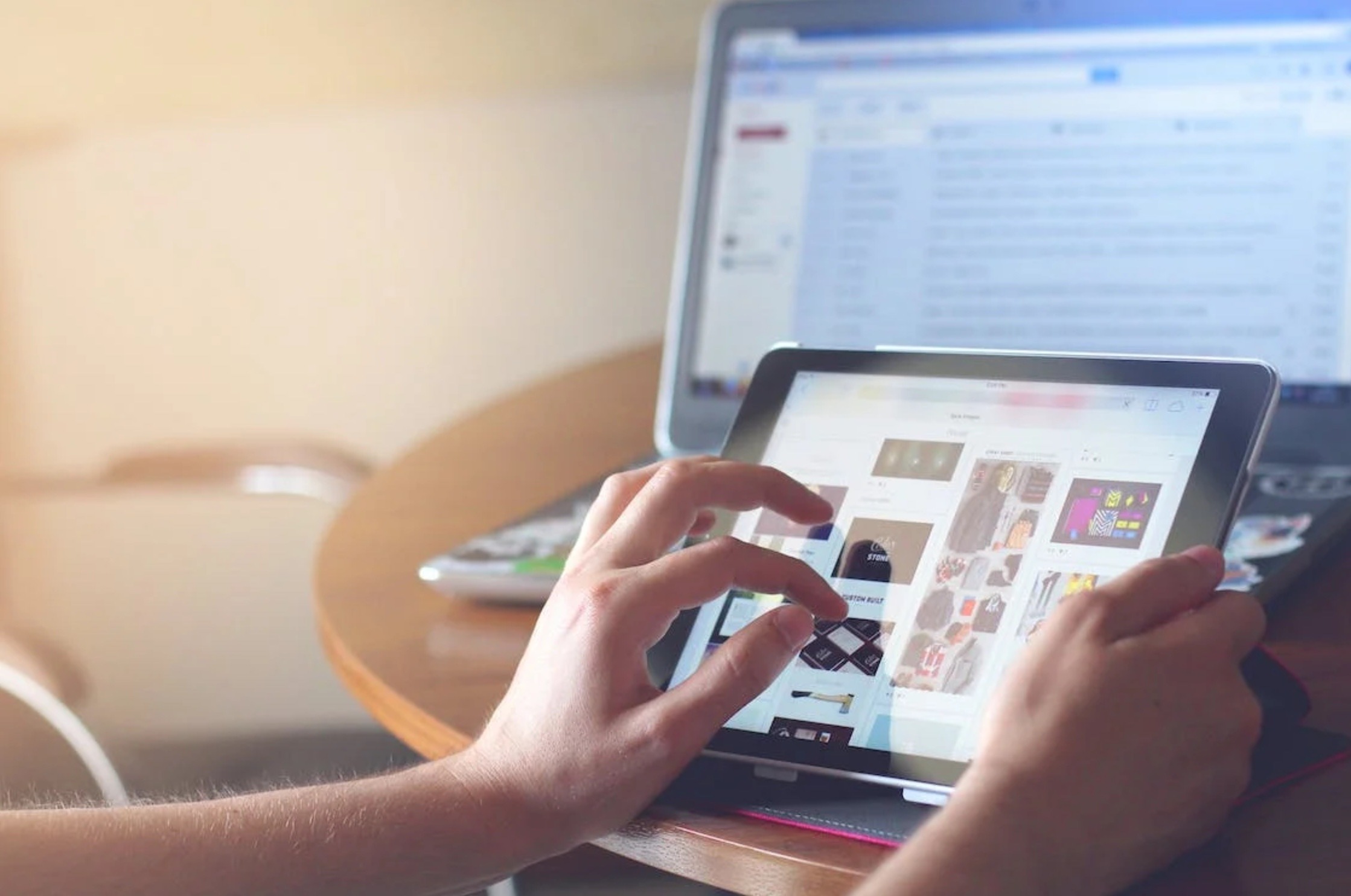Internet of Things (IoT) proponents has been making much noise recently about how IoT will revolutionise industries as diverse as transportation and retail. The Internet of Things, though, is a mystery. What is the procedure? And should we even care?
The Internet of Things, or IoT, links virtually any device (with an on/off switch) to the web and other IoT gadgets. The Internet of Things (IoT) is a massive network of gadgets and people that share usage and environmental data.
The list of connected devices is growing by the day. It now includes everything from microwaves to artificial intelligence that can determine the optimal cooking time for your food. And then you have the autonomous vehicles with sensors that can detect obstacles to wearable fitness equipment that can monitor your heart rate and daily activities and provide individualized workout plans.
In this section, I will be detailing things to you about what IoT is about and what it does in the industry and the whole world.
Definition of IoT
The IoT is a network that includes electronic devices, mechanical and digital machinery, items, animals, and even people, each of which has been given a unique identification (UID) and is capable of exchanging data with others on the network without human intervention.
The “internet of things” includes individuals with implanted heart monitors, farm animals with biochip transponders, cars with built-in sensors to inform drivers of low tyre pressure, and anything else that has given an IP address and transport data via a network.
Businesses across various sectors use IoT to increase productivity, acquire customer insight to improve service, make better decisions, and enhance their value.
Just how does everything connect in the IoT?
It’s important to note that the “things” that make up the IoT aren’t limited to fitness trackers and smartphones but can also include autonomous vehicles. For these devices to work as intended within their respective IoT systems, they require the following components regardless of the purpose they serve for end users.
Sensors. An environmental data collection phase precedes the IoT system’s processing phase. Sensors in equipment that can monitor observable shifts in the environment acquire this data. Function determines the nature of information measured by the instrument: For example, a fitness tracker might use a person’s heart rate, while an autonomous car might use the distance to the nearest obstacle.
Connection and identification. The gadget must send data to a computer or other device in the IoT system. A device’s IP address gives it a distinct online identity, which is necessary for meaningful communication.
Actuators. Most IoT gadgets can carry out their core activities without human intervention. Actions taken by IoT devices should know the information gathered by their sensors and the results of the network’s analysis. One example is the “smart lightbulb,” which can be activated remotely from a great distance. An analogous valve in a smart factory can open or close itself based on information acquired by its sensors.
Although the devices’ designs have automation in mind, different technologies are required for IoT systems to function. A few pieces still need to be included round out the data processing chain in IoT systems.
The cloud. The storage of all devices’ data is in the cloud, where the appropriate software can access it. There will be less st work on each device because most data processing is done on the cloud.
User interface. The user interface relays information collected by the devices to the users and permits the users to provide orders for the equipment.
Internet of Things: what are its uses?
The IoT impacts a wide range of people, just as the internet does. Individuals or cities can use the IoT, depending on the network and quantity of devices. The following are examples of typical uses of the IoT:
Automobiles. Self-driving cars take environmental cues from various sources and make decisions based on that data using complex control systems and newer sensor technologies. With the help of onboard sensors, it is possible to obtain real-time data about a moving vehicle and its immediate surroundings.
Factories. The Internet of Things (IoT) allows factories to automate routine tasks and gain insight into all stages of production. Sensors installed on factory machinery can provide valuable data for optimising the entire manufacturing process and reducing the likelihood of accidents.
Businesses. By implementing Internet of Things technologies, organisations can save money, work more efficiently, and produce more goods and services. Sensors can track the usage of elevators are used and the building’s energy usage in office buildings.
Medical field. In the medical field, IoT devices get real-time patient health data, while in the retail sector, they can aid customers in finding specific products and keeping tabs on stock levels.
Cities.The cooperation of numerous Internet of Things gadgets connects public and residential spaces. Devices connected to the Internet of Things can collect data from and make environmental changes to aid traffic management, resource management, and public safety.
Final Thoughts
With the proliferation of IoT items, our homes and offices will soon be brimming with “smart” gadgets if we are ready to make certain sacrifices regarding privacy and safety. Some people will be thrilled to usher in the age of intelligent machines.
While some people want simpler times when a chair is merely a chair, cutting-edge technology will continue to advance and dominate society.
